In the year 2000, Andrew Delbanco, a Harvard professor, published The Real American Dream: A Meditation on Hope. An excerpt from a New York Times book review of the time:
…The three lectures in ”The Real American Dream” are titled ”God,” ”Nation” and ”Self”: three candidates for the central figure in a narrative that may, by providing hope, avert ”the lurking suspicion that all our getting and spending amounts to nothing more than fidgeting while we wait for death.” Such a sustaining narrative, as Delbanco says, is called a culture when it ”establishes itself over time in the minds of a substantial number of people.”
Delbanco thinks that the 19th-century American attempt to substitute the nation for God was, in its day, fairly successful.
Delbanco doubts that many present-day Americans are buoyed up by the hopes that Lincoln and Whitman shared. ”We live,” he says, ”in an age of unprecedented wealth, but in the realm of narrative and symbol, we are deprived.” Neither God nor Nation works anymore. Yet the Self — the consuming, narcissistic Self — is a nonstarter, for the whole point of a sustaining narrative is to take one beyond self-involvement. Delbanco quotes Melville as saying, ”We become sad in the first place because we have nothing stirring to do,” and his third lecture argues that this sort of sadness has become pervasive among Americans at the end of the century.
Delbanco echoes many other recent accounts of what has happened to America when he says that ”something died, or at least fell dormant, between the later 1960’s, when the reform impulse subsided into solipsism, and the 1980’s — two phases of our history . . . that finally cooperated in installing instant gratification as the hallmark of the good life, and in repudiating the interventionist state as a source of hope.”…
In sum (these few snippets really fail to do justice to his thinking!), Delbanco argues that a hope in God was largely responsible for the founding of our nation, that as an early Puritan influence faded, over time that hope was re-centered on the Nation, and that more recently, hope has been centered on self. He argues what some might see as the obvious – that this trend, especially that last step – has not gone well. He suggests, albeit tentatively, that it might be possible to return to a better place, by a refocus, if not on God, at least on a better Nation.
…all our getting and spending amounts to nothing more than fidgeting while we wait for death? Really? Pretty depressing. And yet, recent reading suggests that we’ve proceeded even further down this bankrupt path than Mr. Delbanco may have envisioned sixteen years ago. Two hints, of many:
The first from a cover story on the August 13th issue of The Economist: Cheating Death. The article suggests that biotechnology is brining us tantalizingly close to what has been called “longevity escape velocity,” where life expectancy grows by more than a year every year, a state approximating immortality. The second from a front-page story in Sunday’s Washington Post, “A Fortress against Fear,” shining a spotlight on a small number of Americans resettling in Idaho on land known informally as the American Redoubt, where by arming and fortifying themselves they hope to survive coming apocalyptic scenarios, whether from war or natural calamity or societal collapse.
The current state of human affairs notwithstanding, surely seeking hope in either of these directions is misplaced. The former leads to an ethical and policy nightmare; increasingly those of us alive today and generations to follow will have to deal with it. The latter ignores Nikita Khrushchev’s observation that “in and after World War III, the living will envy the dead.”
But this past week’s news also reminded us in this midst of this destructive self-absorption, others – large numbers of others – have remained focused on creating a better world, and they’re making progress. Some of this has been close to home. Again, two threads, of many:
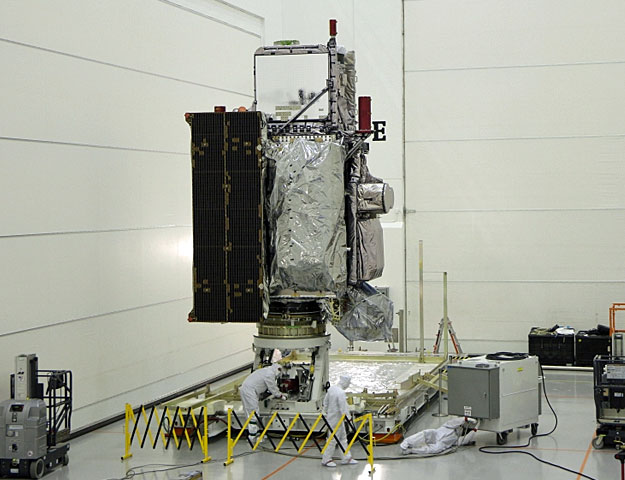
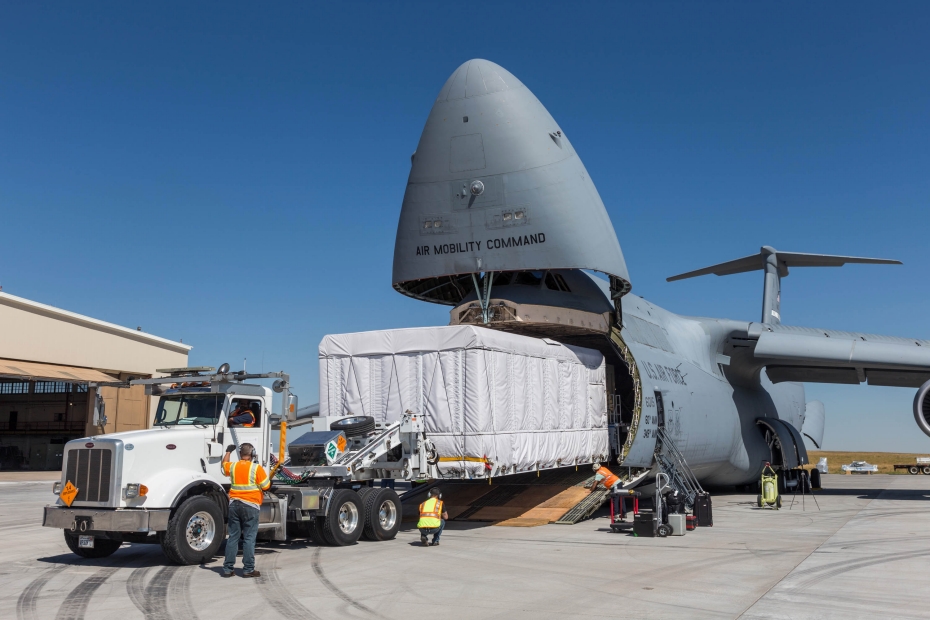
First, after many years of preparation, GOES-R has been delivered to Florida for launch. The satellite will provide unprecedented weather data from geo-stationary orbit that will underpin and sustain U.S. efforts to build weather-readiness for a decade to come. Second, President Obama this past week quadrupled the size of the Papahānaumokuākea Marine National Monument. This comes as America observes the 100th anniversary of the National Park Service, commemorated a few years ago by the documentary filmmaker Ken Burns as “America’s best idea.” With parkland harder to come by, recent American presidents have added a complementary interest in preservation of marine treasures. Though only some forty years old, the National Marine Sanctuaries Program, by the time it reaches its 100th birthday, may be similarly venerated.
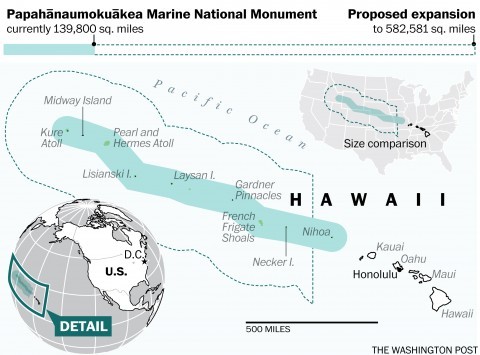
Such programs, however grand – and these two programs truly are – matter most because they’re accomplished by and for people. Most of you directly involved are still soldiering on, thinking about other tasks that lie ahead. But each contributor deserves to take some time for reflection on what you have helped accomplish, and draw from such contemplation the fullest measure of satisfaction, and hope. You’ll need it for the work that lies ahead!
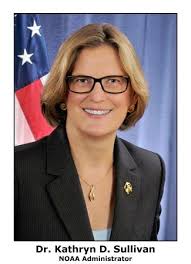
It’s of course unfair to single out two leaders for special mention and thanks – and they’d each be the first to protest – but I’ll do so nonetheless. The first is Dr. Kathryn D. Sullivan, the Under Secretary of Commerce for Oceans and Atmosphere, and the NOAA Administrator. Both these programs are in her purview, and speak to the breadth of the NOAA remit, and the agency’s important place in American affairs going forward. For years, she’s been steadfast in working toward these and other national goals, while at the same time protecting the integrity of government science from politicization and wading through a whole bunch of policy issues that were probably the furthest things from her mind when she studied marine geology and became an astronaut.
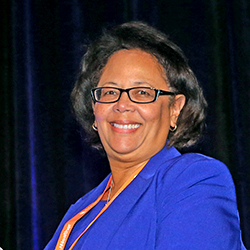
The second is Wanda A. Sigur, Vice President and General Manager of Civil Space, Lockheed Martin Space Systems Company. A Louisiana native, Ms. Sigur has not only provided overall technical leadership for the GOES-R program but also a good dozen other major civil space projects over the same time period. All sides credit her with playing a critical role in keeping these programs on track under the most difficult circumstances, including Space Shuttle setbacks, the ravages of Hurricane Katrina on Lockheed-Martin’s facilities along the Gulf Coast, and other challenges over the past decade.
Two major national achievements. Each reflecting the efforts of thousands of people, working together, over decades of public-private partnership, to realize the vision and desires of hundreds of millions of Americans. The United States at its best – its most high-minded, and creative. Reason for hope in the Nation, as opposed to Self.
_______________________________________________________
A closing note: Andrew Delbanco hinted that hope in Nation might be a poor substitute for hope in God. Not everyone agrees, but if you’ve a mind to explore that further, you might consider a Timothy Keller podcast sermon series dating back to 2009. Well worth your while; impossible to listen without growing more hopeful… and better understanding the real-world basis for it.
